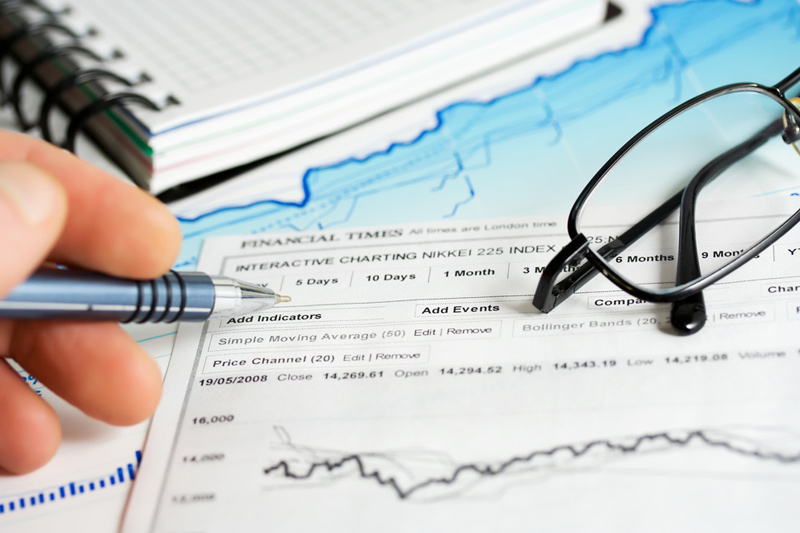By Kevin Buckland
TOKYO (Reuters) -Japanese authorities spent 5.53 trillion yen ($36.8 billion)intervening in the foreign exchange market this month to pull the yen off 38-year lows, official data showed on Wednesday.
The Ministry of Finance figures confirmed the suspicions of traders and analysts following sharp yen spikes over July 11 and 12 that money market estimates had suggested was worth 5.71 trillion yen.
Over the two days from July 11, the yen shot from as low as 161.76 per dollar to as high as 157.30.
Wednesday’s data only provides a total for the period spanning June 27-July 29. A day-by-day breakdown will be available in quarterly data due in about three months’ time.
The finance ministry’s latest foray differed from other recent rounds of intervention – including the record 9.79 trillion yen intervention spanning the end of April and start of May – because officials bought yen as the dollar was already tumbling following a surprisingly weak U.S. consumer inflation print.
Even so, analysts pointed to factors other than Tokyo’s dollar selling for keeping the yen surging over the course of this month.
The dollar took another leg lower after Republican presidential candidate Donald Trump said he wanted a weaker currency. That was quickly followed by a host of high-profile Japanese politicians, including the prime minister, urging near-term Bank of Japan interest rate hikes to curb yen weakness.
The BOJ’s decision to raise interest rates earlier Wednesday and subsequent hawkish news conference by Governor Kazuo Ueda send the dollar spiralling down to the cusp of 150 yen. It was at 150.37 yen as of 1039 GMT.
“I’m not saying intervention didn’t have an impact. It did. But if Trump and the others hadn’t come out and said what they did, we’d probably have gone back to around 160,” said Shoki Omori, chief Japan desk strategist at Mizuho Securities.
Despite rising expectations for further BOJ policy normalization, Omori says he expects the yen to weaken again over the course of August.
“A mere 25 basis point rate hike does not necessarily diminish the attractiveness of carry trades,” he said, referring to a practice where market players borrow yen at Japan’s near-zero interest rates and invest it in higher yielding assets overseas, including the United States.
Japanese authorities have made a practice of refraining from confirming intervention, while consistently warning that they stand ready to act at any time to counter one-sided, speculative currency moves.
Tokyo still has plenty of firepower to act again, with foreign reserves standing at a whopping $1.23 trillion as of the end of June, and a weak yen remains unpopular with the public and could figure prominently in ruling party leadership elections in September.
However, further intervention would take place under new leadership, with Masato Kanda’s stint as Japan’s top currency diplomat ending on Tuesday. Financial regulation expert Atsushi Mimura took over as vice finance minister for international affairs, saying in an interview that intervention remains on the table.
($1 = 150.4200 yen)

